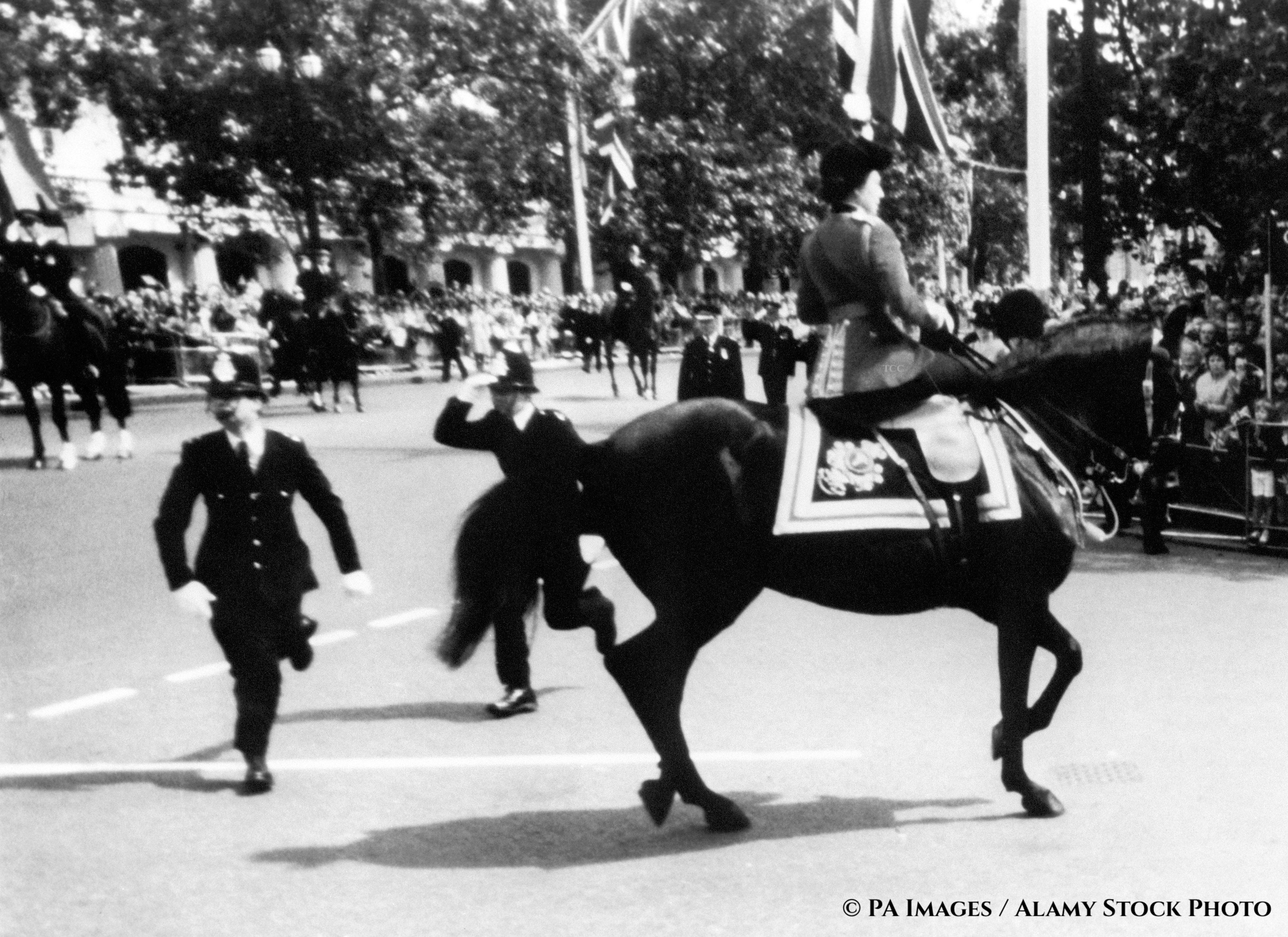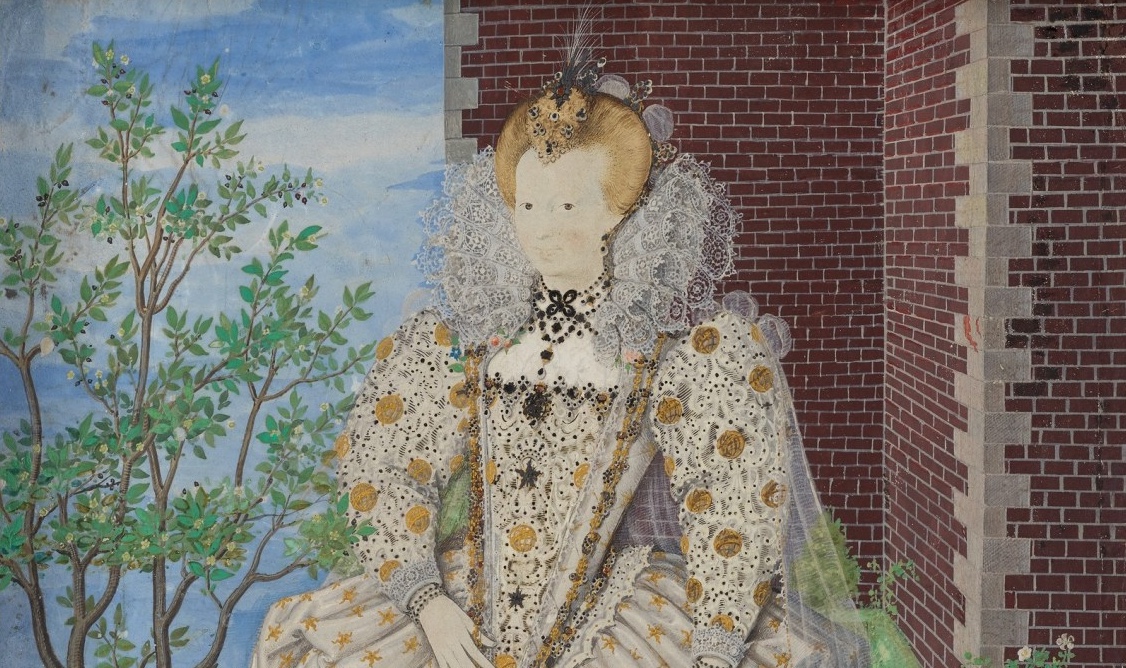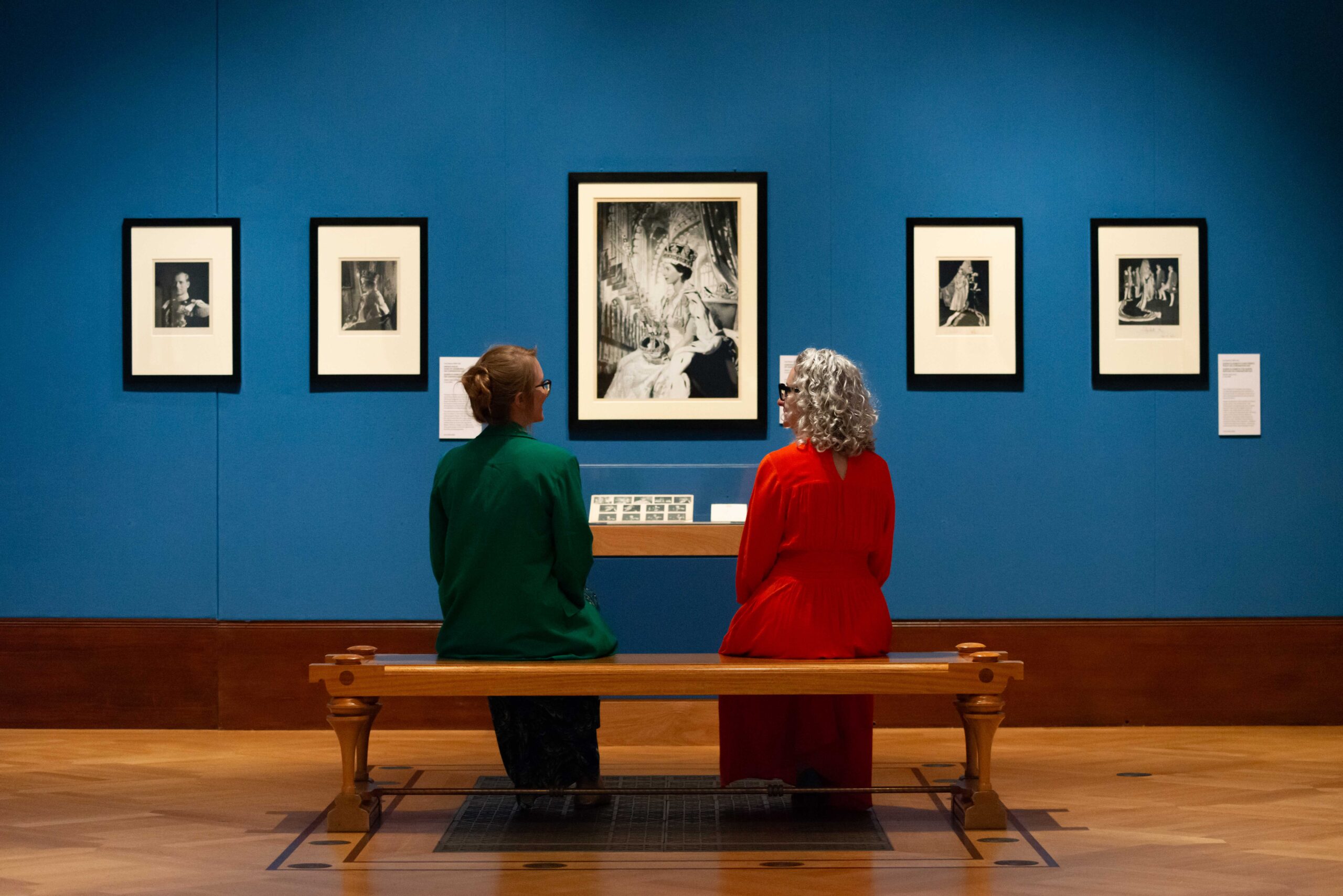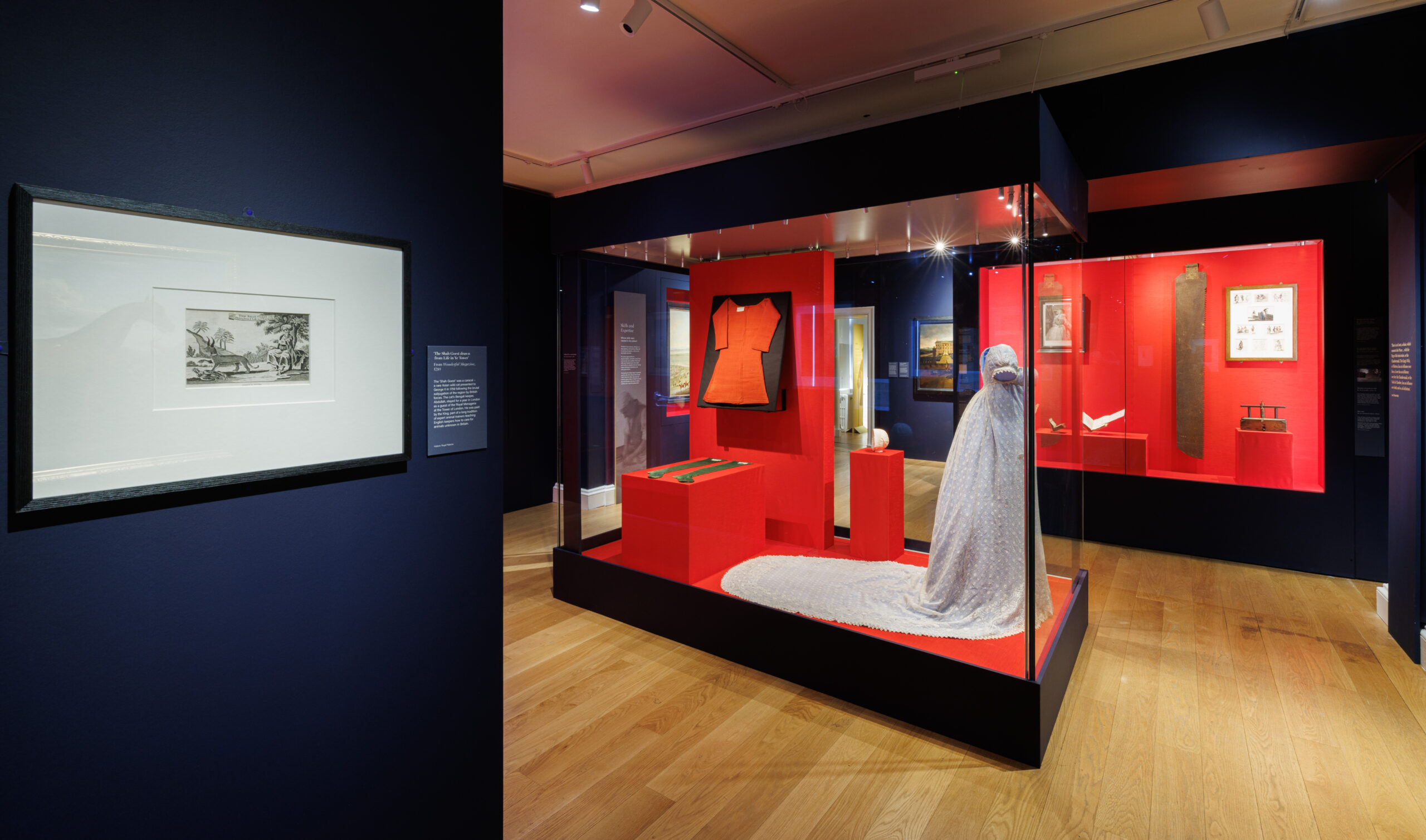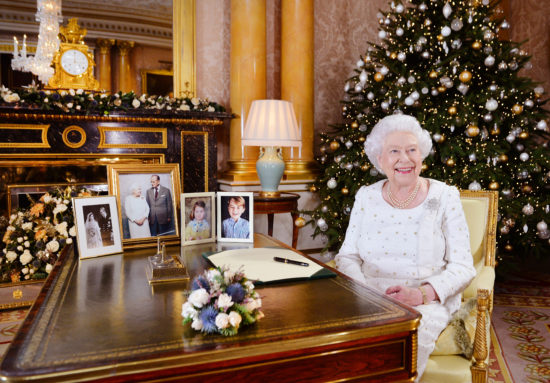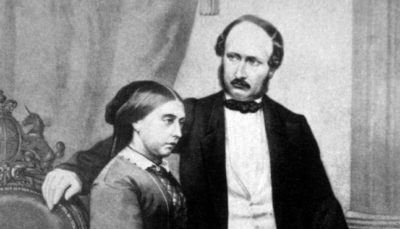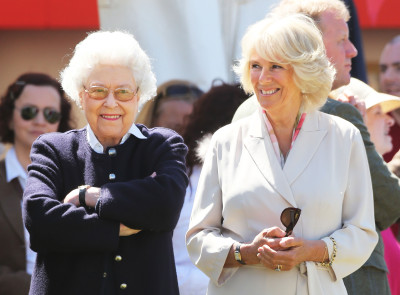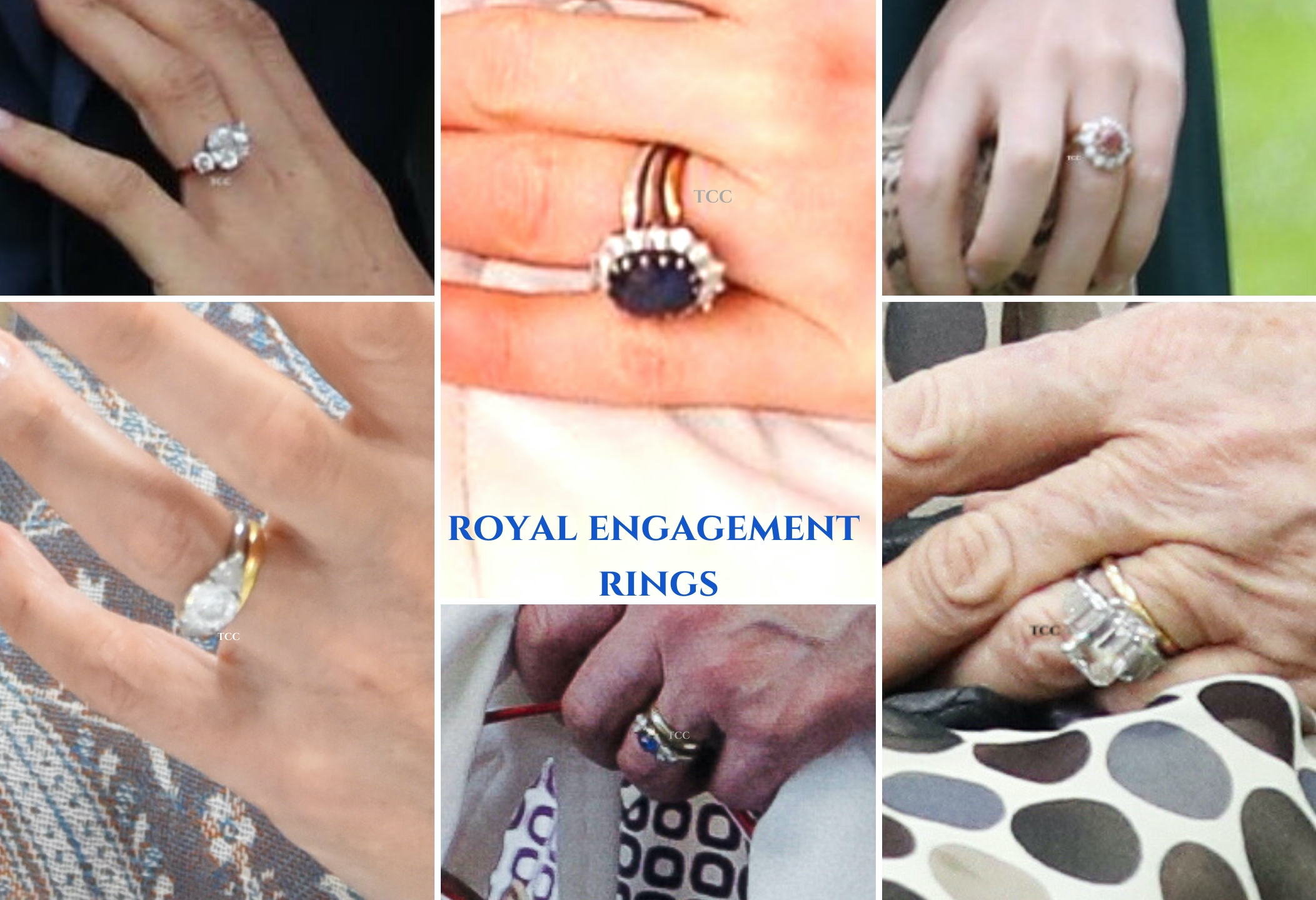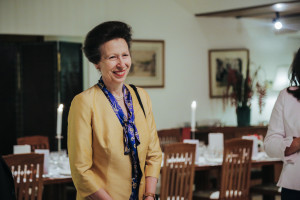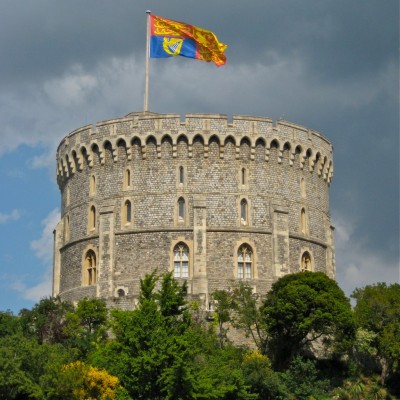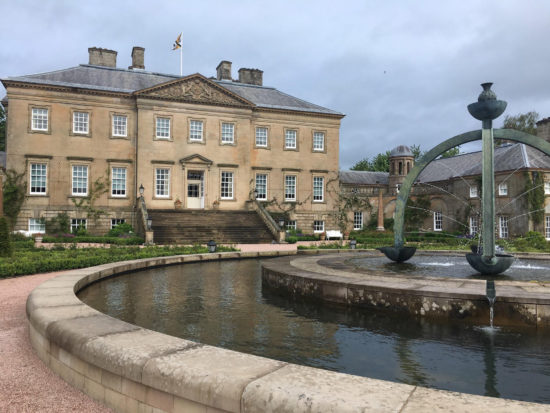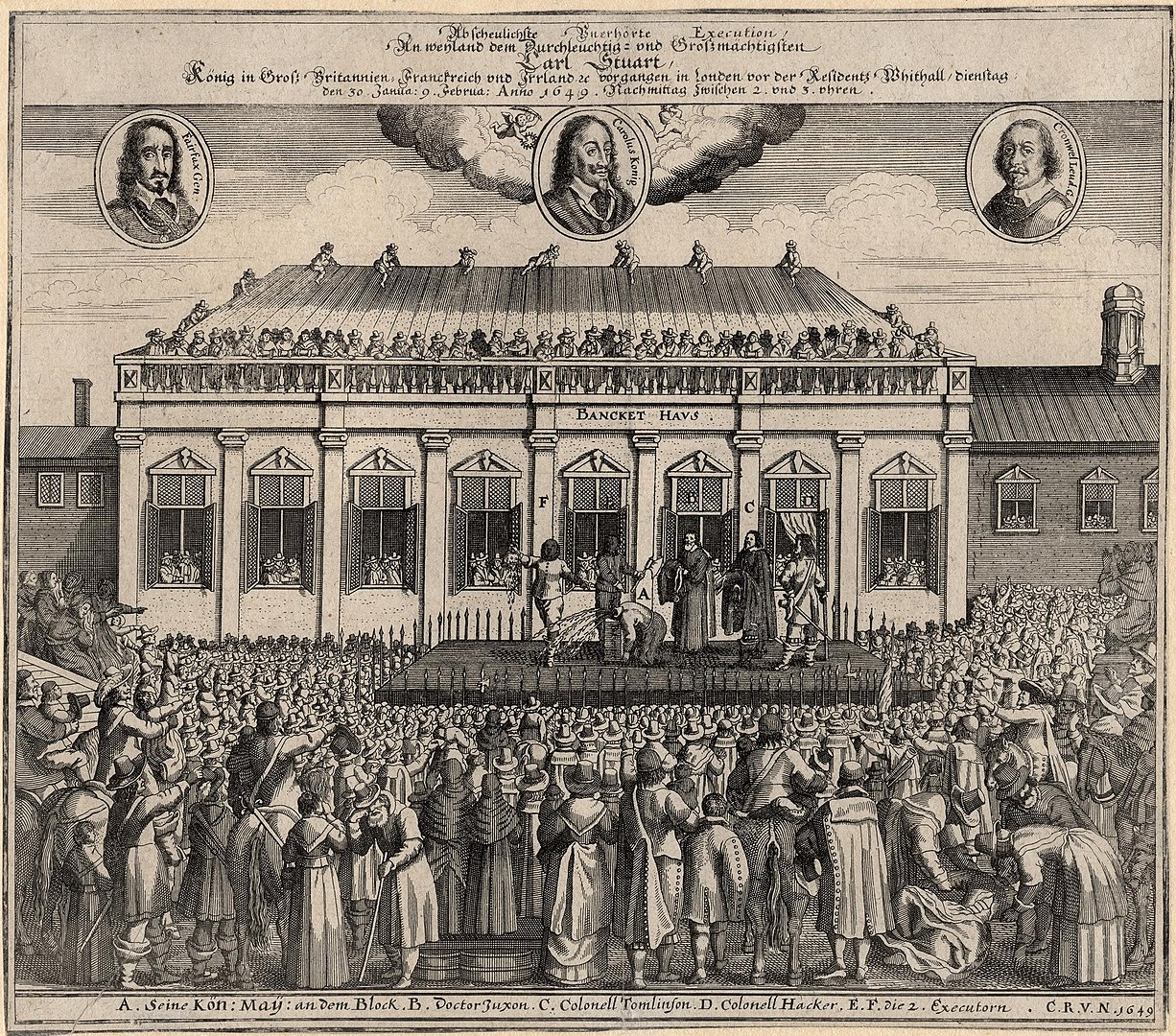As we approach King Charles III’ Coronation in May, we’ve taken a look at previous Coronations from the last few centuries as a taste of how this historic event goes – or sometimes, even goes wrong!
Throughout British coronations, many elements remain the same, like the regalia that is used, the oath that is sworn, and even a large selection of the guests.
Yet every Coronation is unique, and reflects the Monarch being crowned.
You can read our in-depth look at Elizabeth II’s Coronation here.
The Coronation of George VI and Queen Elizabeth
12th May 1937
The same date planned for the Coronation of Edward VIII before his abdication.
The Coronation of George VI remained a conservative affair and closely mimicked that of George V in 1911. Queen Mary, with the then-Princesses Elizabeth and Margaret, attended the ceremony, watching from the Royal Gallery at Westminster Abbey.
According to guests, the overall impression inside the Abbey was filled with colour everywhere, with blue and gold hangings and carpets and crimson robes and uniforms.
The Coronation procession was an important moment in the history of television, as it was the country’s first major outdoor broadcast. However, the ceremony inside the Abbey was not shown. Instead, it was the first Coronation to be broadcast on the radio.
The return procession to Buckingham Palace spanned over six miles, with 32,000 soldiers and sailors taking part, and 20,000 police officers lining the route.
The Coronation wasn’t smooth sailing, however…
Leading the ceremony was the Archbishop of Canterbury, Cosmo Lang. Lang thought the Dean of Westminster had given the Monarch St Edward’s Crown the wrong way round, causing a kerfuffle. A bishop also stepped on the King’s train and another put his thumb over the words of the oath when George VI was about to read it.
Writing in her diary that day, the then-Princess Elizabeth noted how she woke to the sound of the Royal Marines outside her window. She explained that her outfit for the Coronation was a gown of ‘silk and cream lace’ with ‘gold bows all the way down the middle’ and ‘puffed sleeves with one little bow in the centre’.
The Princess, aged 11, said how the the ‘inordinately long’ ceremony seemed to drag on for a number of hours (it lasted for three) and ‘at the end, the service got rather boring as it was all prayers’…!
We wonder if she thought anything similar of her own important coronation day?
The Coronation of George V and Queen Mary
22nd June 1911

The Coronation of George V and Mary. (Royal Family)
In honour of their coronation, George and Mary presented new hangings for the High Altar at Westminster Abbey; these hangings are still in use today.
King George’s coronation, although traditional, still marked some firsts and lasts. The 1911 coronation was the last coronation that representatives of foreign empires attended. The Austro-Hungarian, Russian, German, and the Ottoman Empires would fall over the next decade.
George and Mary’s coronation was the first coronation where photography was allowed within the Abbey. Just over 40 years later, his granddaughter’s coronation would be recorded on film and broadcast on television.
Queen Mary’s coronation gown was made of cream coloured silk satin and featured the floral emblems and symbols of Great Britain and the British Empire, namely the Tudor rose, the Scottish thistle, the Irish shamrock, the lotus flower of India, the Star of India, and English oak leaves and acorns. It also featured a border of waves at the hem represented the oceans connecting the Empire.
Queen Mary’s Crown was specially made for the Coronation; it was commissioned by Mary and she had entrusted Garrard with the task. It took inspiration from Queen Alexandra’s Crown, worn in 1902 to Edward VII’s coronation, also with elegant arches. The Crown is made of a silver frame, lined with gold, and set with 2,200 diamonds; most of these are brilliant-cut stones but some are rose-cut.
The Crown will be used by The Queen for the Coronation in May, with some alterations.
The Coronation of Edward VII and Queen Alexandra
9th August 1902
Originally be planned for 26th June 1902, the King was suffering with appendicitis and had to have an operation to save his life… Edward however agreed to shorten the ceremony as he was still in recovery.
Similar to George VI’s Coronation, there were still some mishaps. The almost blind Archbishop of Canterbury had the prayers printed in large letters on card so he could see them. The Archbishop still mis-read some of them and at the moment of crowning (after he appeared to drop the crown) he placed it on the Monarch’s head the wrong way round!
The Coronation of Queen Victoria
28th june 1838
A key element of the Coronation was to make the event available to a wider public. It has been estimated that some 400,000 visitors arrived to fill the crowds who lined the streets while the two processions took place and filled the parks where catering and entertainment were provided, including hot air balloons.
It was budgeted at £70,000 (around £6 million today…), which was more than double the cost of her uncle’s 1831 Coronation, but less than the extravagant 1821 Coronation for George IV.
The ceremony took five hours and suffered from a lack of rehearsal, with a number of mistakes:
- The Sovereign’s ring was painfully forced on to Victoria’s wrong finger.
- Lord Rolle, an elderly peer, fell down the steps while making his homage to the Queen.
- A confused bishop wrongly told her the ceremony was over – and she then had to come back to her seat to finish the service.
Writing in her diary, Victoria said how on the day of her Coronation she ‘was awoke at four o’clock by the guns in the Park, and could not get much sleep afterwards on account of the noise of the people, bands’ but got up ‘feeling strong and well’.
She said her Coronation ‘was a fine day’ and the crowds of people had exceeded what she had ever seen before. She said the people’s ‘good humour and excessive loyalty was beyond everything, and I really cannot say how proud I feel to be the Queen of such a Nation’. In her Journal, Victoria recorded the events of the day, calling it ‘the proudest of my life’.

